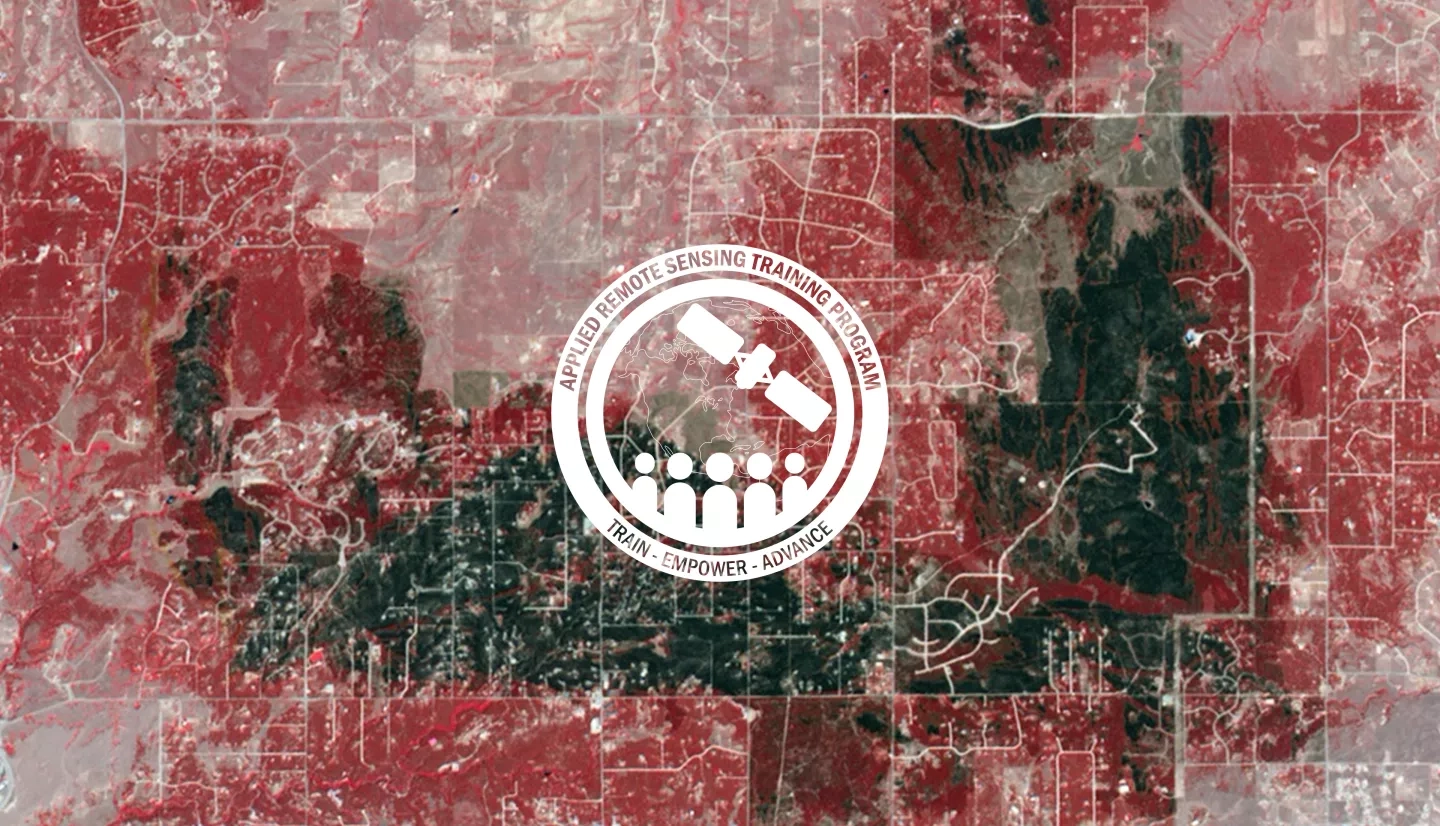Description
With more frequent and severe droughts, certain areas are experiencing longer fire seasons. Wildfire detection, monitoring, and mitigation is increasingly important in these regions. Satellite remote sensing data is useful for identifying active fires, evaluating burned areas, and assessing fire emissions. This advanced training will highlight tools useful for local fire managers. Presentations and exercises will introduce participants to tools to identify active fires, visualize fire emissions, and calculate burn severity.
- Sessions 1 and 2A of Fundamentals of Remote Sensing
- Download and install QGIS and all accompanying software
- Use this exercise for help: Downloading and Installing QGIS
- This advanced training will use QGIS software, and although previous experience with this software is not required, some experience with geospatial software will be helpful. We strongly recommend you open QGIS and ensure the software is working prior to starting the webinar.
We will be demonstrating the QGIS Fire Mapping Tool (FMT). The webpage to download can be found here: https://www.mtbs.gov/qgis-fire-mapping-tool
The tool is currently only available for PC.
Please download and use the Windows version of QGIS 2.18. The FMT will not work for Mac or for the latest QGIS Version 3.2.
By the end of the training, attendees will be able to:
- Identify active fires, visualize fire emissions, and calculate burn severity
- Use the QGIS FMT to enter fire information and order imagery
This training is primarily intended for local, regional, state, federal, and international organizations involved in wildfire management.
- Two 2-hour Parts
This session will provide an overview of remote sensing for wildfire detection and mapping, as well as an overview of the QGIS Fire Mapping Tool (FMT). Attendees will go through a hands-on exercise using the FMT
QGIS FMT is freely-available and can detect active fires and burn scars using Landsat data. This tool can identify smaller fires that may not be in the Monitoring Trends in Burn Severity program.
This session will provide an overview of the Global Wildfire Information System (GWIS) and a hands-on demonstration on the use of the GWIS viewer.
GWIS is an online web application that uses remotely sensed wildfire data. This data includes fire danger, wildfire locations, burned area extent, and burn severity. GWIS also focuses on sharing data and operational plans between researchers, managers, and agencies. Demonstrations and tools will introduce participants to applications of the GWIS tool, including identifying active fire from MODIS and VIIRS data, evaluating burned areas with MODIS data, and assessing fire emissions such as black carbon and particulate matter.



